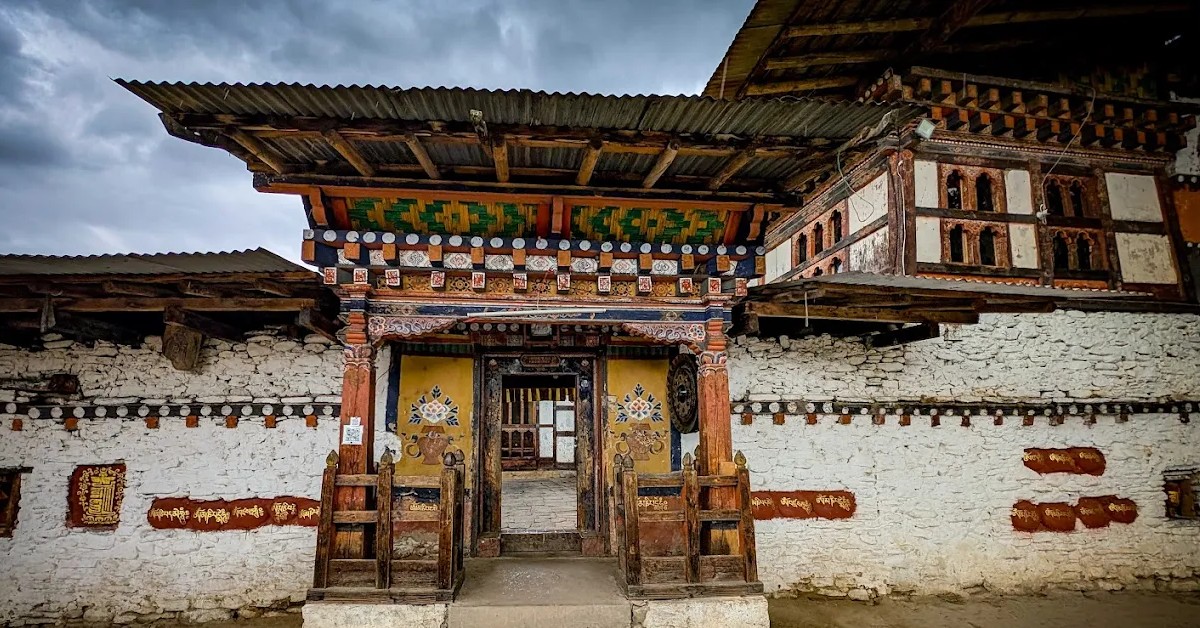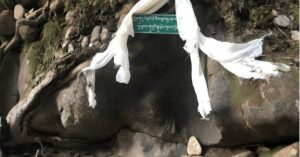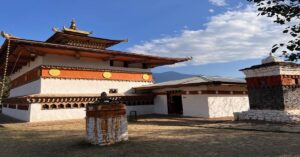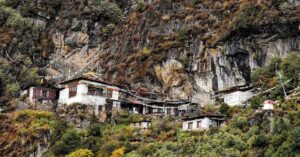Tamzhing Lhakhang, meaning the “temple of good message”, originally known as Tamshing Lhendup Chholing, is a small single-story temple founded by Pema Lingpa in 1501 at an elevation of 2,584 meters.
The temple was established at a place where Guru Rinpoche meditated and blessed in the Chokhor Valley, facing Kurjey Lhakhang and Jambay Lhakhang. Tamzhing Goemba, which became the main seat of Pema Lingpa, is now on the tentative list of UNESCO World Heritage Sites.
Today, Sungtrul Rinpoche, the 11th incarnation of Pema Lingpa, oversees Tamzhing Monastery, which is home to over 100 monks and is renowned for the Tamzhing Phala Choepa Festival.
How To Reach Tamzhing Lhakhang
Tamzhing Lhakhang is situated 5 kilometers away from Jakar town in Choekhor Valley of Bumthang. The temple is open daily from 9:00 AM to 5:00 PM BST, with a lunch break from 1:00 PM to 2:00 PM. No entry fee is required. If you travel a few minutes above Tamzhing, you can visit Padmasambhava Lhakhang, perched on a hill.
Sacred Relics to See at Tamzhing Monastery
- Statue of Guru Rinpoche;
- Statue of Dorji Sempa;
- Jampa (Maitreya, the future Buddha);
- Sakyamuni Buddha;
- Statue of Tsepame;
- Statue of Pema Lingpa;
- Two Maksaras and a Garuda.
History of Tamzhing Lhakhang
Terton Pema Lingpa founded the Tamzhing Monastery in 1501 AD.
The biography of Pema Lingpa describes the building of Lhakhang, including the creation of the Kachen (wooden pillar) and the iron chain suit, which are still visible inside the temple.
So, when was Tamshing Lhakhang built? According to history, Tamzhing Lhuendup Chhoeling Monastery was built in 1501 and completed in 1505. It is said that Pema Lingpa’s protective deity, Dorji Phagmo, appeared as a pig and provided him with the design of the temple, assisting him in its construction. Tamshing means “the temple of good message”.
Tamzhing Lhakhang became the principal seat of Pema Lingpa in the 15th century till he died in 1521 at the age of 72. After Pema Lingpa’s death, his descendants continued to care for the temple. However, over the years, Tamshing Lhakhang has deteriorated due to neglect and disrepair.
However, in 1960, Lopen Thinley Kuenchap from Lhalung Monastery in Tibet came to Bumthang and restored Tamzhing Lhakhang. He also established a monastic body. Later, the monastery became the seat of the successive incarnations of the speech (Sungtrul Rinpoche) of Pema Lingpa.
Currently, over 100 monks study in the Tamshing Lhalung Monastery Nyingma Buddhist Institute, established by H.H. Pedling Yabsey in 2007.
Importance of Tamzhing Lhakhang
Tamshing Lhakhang is significant because it was built on a site where Guru Rinpoche is said to have blessed and meditated. It is the main seat of Pema Lingpa and the Peling tradition in Bhutan. Tamzhing Monastery is also the place where the sacred Peling dances first originated.
Description of Tamzhing Monastery
The main statue in Tamshing Lhakhang is that of Guru Rinpoche. There is also a statue of Dorji Sempa, a treasure discovered by Pema Lingpa from Mebar Tsho Lake.
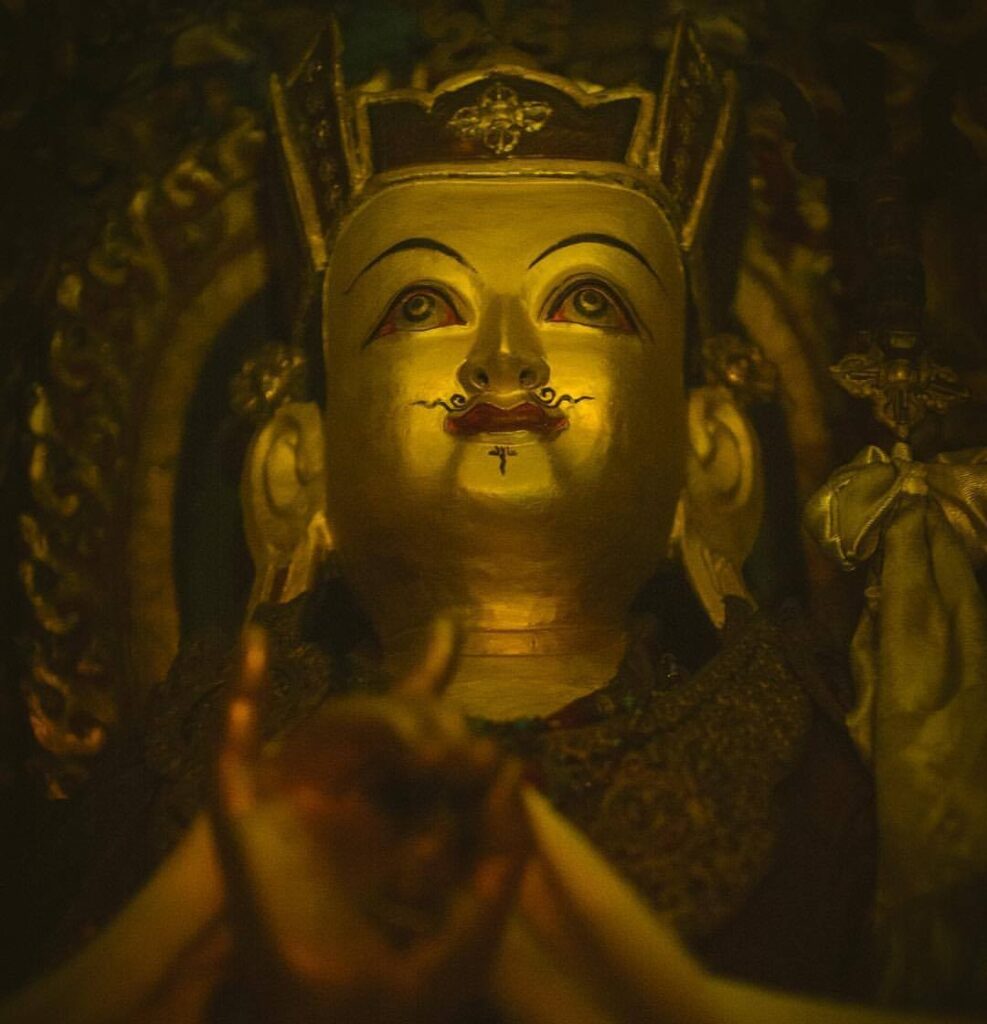
Tamzhing Lhakhang is a unique temple built by Pema Lingpa in Bhutan. Although he traveled extensively throughout Tibet and Bhutan to reveal several treasures, his work at these temples differs significantly from that of other temples he built, such as Kunzangdrak Monastery in Bumthang and Goshogpang Lhakhang in Lhuentse.
The temple itself is constructed in layers, with a narrow path surrounding the main altar for circumambulation. The entrance to the Lhakhang is through a long walkway in the outer courtyard, which also includes the monks’ quarters. Upon entering the inner courtyard, a small Mani Dungkhor Lhakhang, built in 1914, is situated.
Ground Floor
The Lhakhang features a main altar that is screened off in the center of the assembly hall, almost like a separate building. The altar room features three main thrones, each representing one of the three incarnations (body, mind, and speech) of Pema Lingpa. The three reincarnations use it during important ceremonies. A portrait is placed on the seat if one of the incarnations is absent.
The main statue is of Guru Rinpoche, flanked by the statue of Jowo Jampa and Sakyamuni Buddha on either side. This Guru Rinpoche statue was carved by Pema Lingpa himself, but completed by the Dakinis during the night. A distinctive feature of this statue is that its eyes look upward to the sky. Legend says that the statue looked up when the Dakinis ascended to the sky. Another unique feature is that Guru Rinpoche’s hat is a bit small, and the statue is not wearing shoes.
Above the altar, there are two Maksaras (mythological crocodiles) and a Garuda. In front of the shrine, a small statue of Pema Lingpa is displayed in a glass case. On the inner walls are images originally painted by Pema Lingpa himself, which have not been restored since they were first painted.
There is also a 20-kilogram iron chain armor crafted and used by Pema Lingpa during the temple’s construction, similar to the one kept in Thangbi Lhakhang. Visitors walk around the altar three times while wearing this iron vest, which is believed to cleanse their sins.
Upper Floor
The upper floor features a balcony surrounding the assembly hall with a low ceiling believed to have been built by Pema Lingpa to match his height. In the upper shrine, there is a statue of Tsepame, the Buddha of Long Life, as well as a large collection of masks used during the festival.
Tamzhing Phala Choepa Festival
Tamzhing Phala Choedpa is a three-day annual festival held from the 10th to the 12th day of the eighth month of the Bhutanese calendar in the courtyard of Tamzhing Monastery. The festival was named Phala Choepa after Pema Lingpa performed a mask dance wearing a pig mask, which he had sculpted during the construction of Tamshing Lhakhang. During the festival, a piggy blessing, or the Phakpa Wang, is bestowed upon devotees. On the night of the last day, a fire blessing ceremony is conducted to cleanse sins.
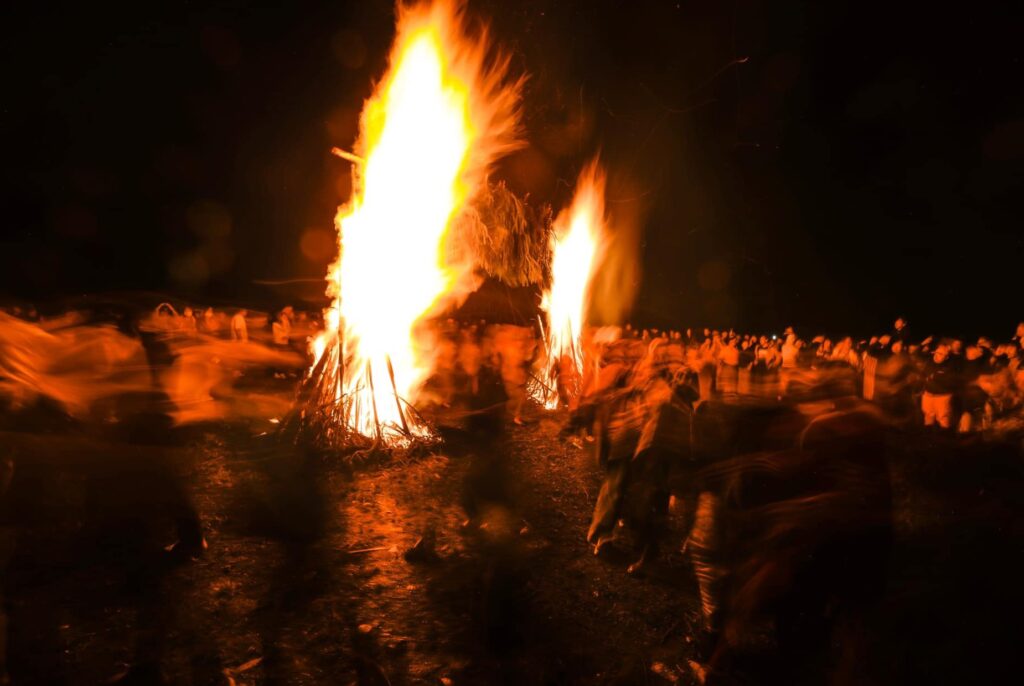
Best Time to Visit Tamzhing Lhakhang
The best time to visit Tamshing Lhakhang in Bumthang is during the spring (March to May) and fall (September to November). However, the Tamzhing Phala Choepa festival is the ideal time to visit Tamshing Monastery. You can visit the major pilgrimage sites of Bumthang with the Bhutan Pilgrimage Package.
Conclusion
Tamzhing Monastery, also known as Tamshing Lhundrup Choling, is the primary Nyingma monastery in Bumthang, established by Pema Lingpa in 1501. Known for its original 15th-century distinctive statues and mural paintings, the monastery is famous for the annual Phala Choedpa festival.
Enjoyed reading this blog?

